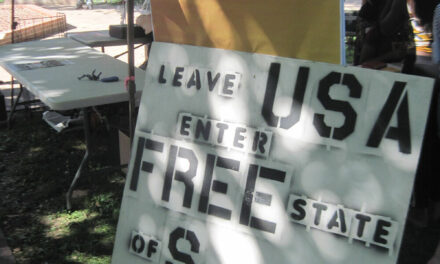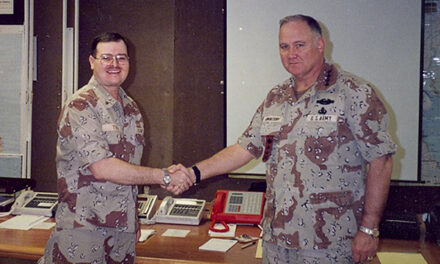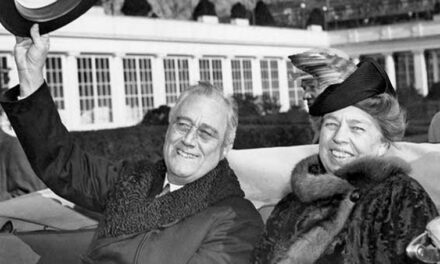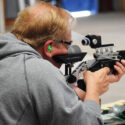(La Historia del Rio Abajo is a regular column about Valencia County history written by members of the Valencia County Historical Society. The author of this month’s column is John Taylor, a retired engineer from Sandia National Laboratories and board member of the Valencia County Historical Society. He is the author or co-author of 21 books on New Mexico history, including “Murder, Mystery, and Mayhem in the Rio Abajo,” “A River Runs through Us,” “Tragic Trails and Enchanted Journeys,” “Mountains, Mesas, and Memories,” “Years Gone by in the Rio Abajo,” and “History Surrounds Us,” all co-edited with Dr. Richard Melzer. Opinions expressed in this and all columns of La Historia del Rio Abajo are the author’s only and not necessarily those of the Valencia County Historical Society or any other group or individual.)
In our previous column we introduced the Belen Bunker and described its construction and use by the Defense Atomic Support Agency as a backup communication center for several facilities on Kirtland Air Force Base and elsewhere. In this column, we address the staffing of the facilities and their eventual demise.
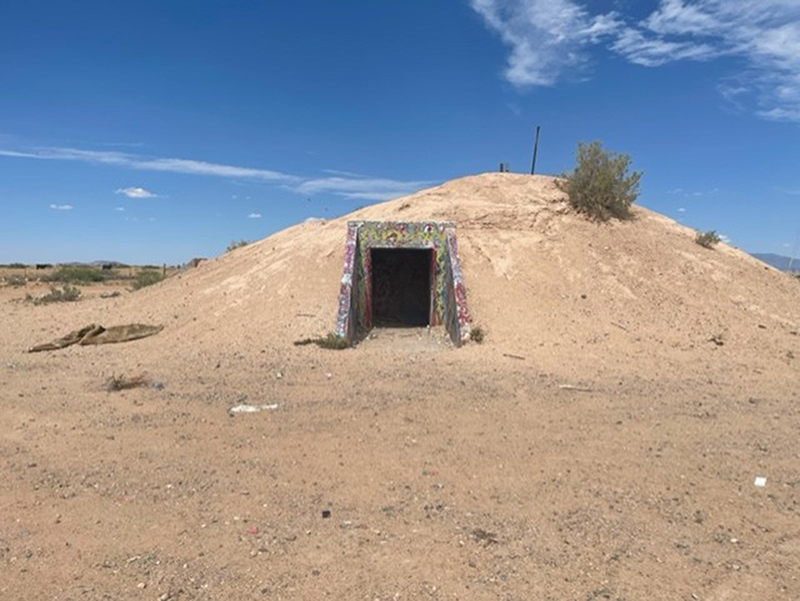
Submitted photos
Southern bunker from the west showing berm.
Staffing the bunkers
The facilities were staffed by 30 communications specialists, four engineers, and 15 military policemen from Kirtland. They began full operation on Feb. 1, 1964. The first officer in charge of the facilities was Army First Lieutenant Kenneth Walsh.
There seems to have been no reluctance on the part of DASA to disguise or hide the facilities. They were characterized in various newspaper articles as “semi-classified radio transmitting and receiving facilities for Sandia Base, linking the base with Washington, D.C., and other military and nuclear establishments elsewhere.”
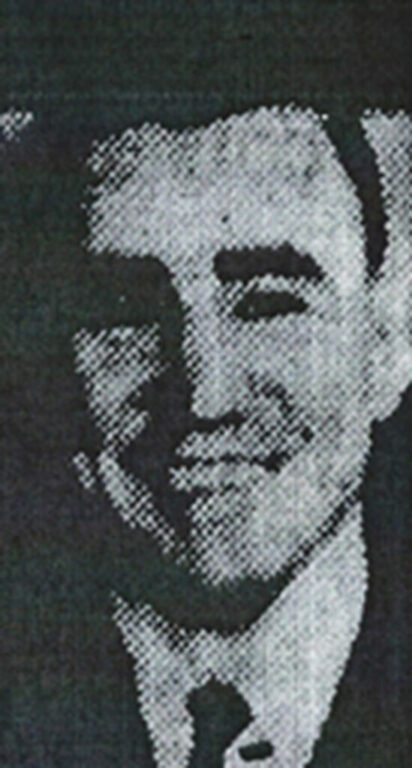
Submitted photos
First Lt. Kenneth Walsh.
In fact, the facilities had a public open house in May 1965 with tours given by the commanding officer, although no visitors were permitted in the restricted basement area.
Second Lieutenant Walter Rozum Jr. relieved Walsh in June 1964. Rozum recalls that his principal issues had nothing to do with secure communications but instead with the restive behavior of the rather junior contingent of soldiers assigned to the facility. While Belen was not what might be described as a recreational haven in the 1960s, there were plenty of opportunities for restless young men to get into trouble. Rozum remembers that he was “at his wit’s end” until a senior master sergeant was assigned to the group.
The senior enlisted man quickly had the soldiers whipped into shape. They rented a block of rooms in the newly-erected Hacienda Apartments at 420 Second St. in Belen, and the curfew violations, excessive drinking, and various other “sins” magically disappeared.
The Hacienda consisted of two-bedroom apartments and had a swimming pool. The men did their own shopping and cooking, and the Army leased a nearby building as a “dayroom” with billiards and a ping-pong table for off-duty soldiers. The soldiers also built a makeshift clubhouse near the southern bunker itself.
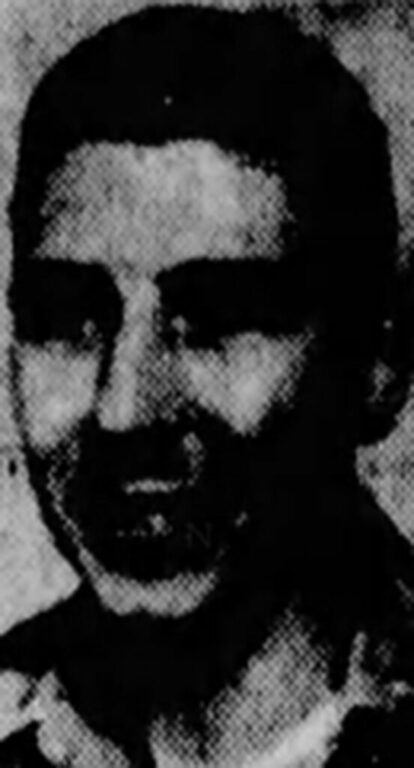
Submitted photos
Second Lt. Walter Rozum Jr.
Life was characterized as “lonely and boring” by the men who worked there. One article said that the men “have little company during duty hours except for a small black puppy, a sort of mascot, and a herd of nearby cattle.” On at least one occasion, one of rancher Major’s large bulls managed to send one of the MPs on roving watch “scampering to the clubhouse roof for safety.”
The soldiers were well-received in Belen, bad behaviors notwithstanding. Louis Huning Jr. recalls that his grandmother, Beatrice Mountain, hosted a Thanksgiving dinner for the entire contingent of soldiers (except, of course, those who were on-duty at the bunker).
All the men were inside enjoying the food and conviviality when someone noticed that one of the men was still outside in the car.
“Why?” Beatrice asked
“Well, ma’am, he is black and wasn’t sure if he would be welcome here,” came the reply.
Beatrice immediately marched out to the car and directed the young soldier to come into the house and join the festivities. Things were more challenging for African-Americans in the 1960s, but Valencianos were (and still are) a welcoming community.
No longer needed
In 1968, operations throughout the country’s nuclear complex were changing, and it was determined that the Belen stations were no longer needed. The equipment was removed from both bunkers, the antennas were taken down, and the men were transferred to other duty stations. The government completely demolished the bunker near the airport and deeded the land to the city of Belen.
The bunker about two miles south of the airport was similarly stripped, but the basic structure was left standing. In both cases, the deconstruction crews filled the basements with concrete, presumably to eliminate any information about the equipment that had been installed.
There are unconfirmed rumors that, for a few years, investigators from SETI (the Search for Extra-Terrestrial Intelligence project) used the remaining bunker after the Army left, pointing their antennas at Ladrone Peak because of reports of unusual activity there. One of the rumor-mongers characterized these operators as “geeks with equipment.” There are also rumors that a group of survivalists from Texas considered purchasing the bunker as a safe location in the event of Armageddon. The sale never went through.
Rumor also has it that the bunker may have been a frequent gathering location for Belen teenagers!
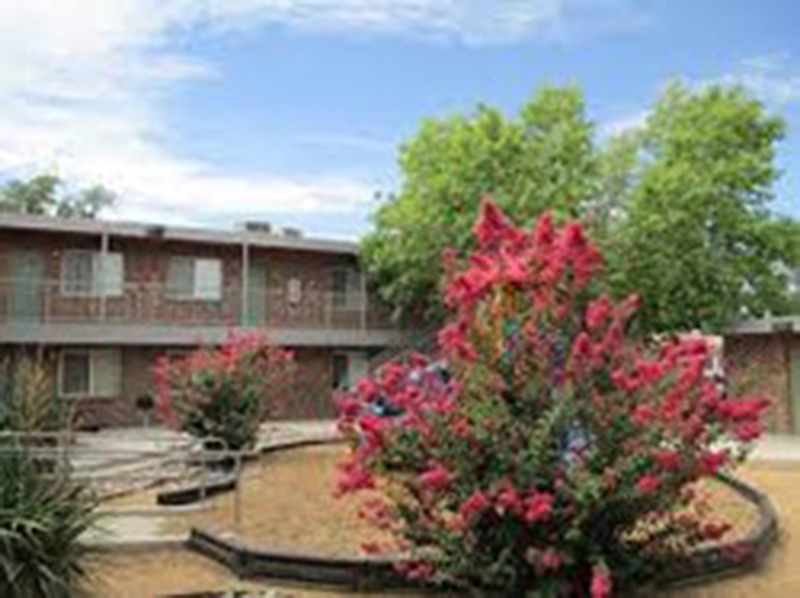
Submitted photos
Hacienda Apartments today.
The government sold the land where the current bunker sits to John Craig, a local businessman. After a period, Craig sold it to another businessman, Nathan Twining. Twining’s property manager was Joan Artiaga, and Twining deeded the land to her in 2007.
Today, the bunker is still there, an iconic monument to a time of heightened crisis across the globe. It served its purpose well. Now, all the equipment is gone, trash covers the floor, and the walls are “decorated” with graffiti. It is still privately owned and is, in fact, for sale. So, if you are looking for a true relic of the Cold War, look no further than Belen’s West Mesa. Price is negotiable!

